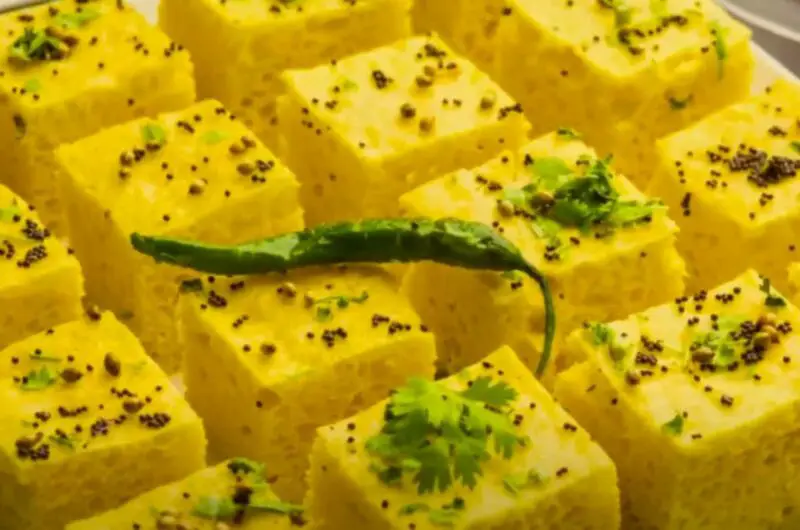You’ve got to try Khaman Dhokla – it is this savory steamed cake that is absolutely delicious and surprisingly light. Made from chickpea flour (gram flour/besan), it is not only packed with a savory punch but also brings a nice protein kick, which is great if you’re trying to eat healthier, more nutritious snacks.
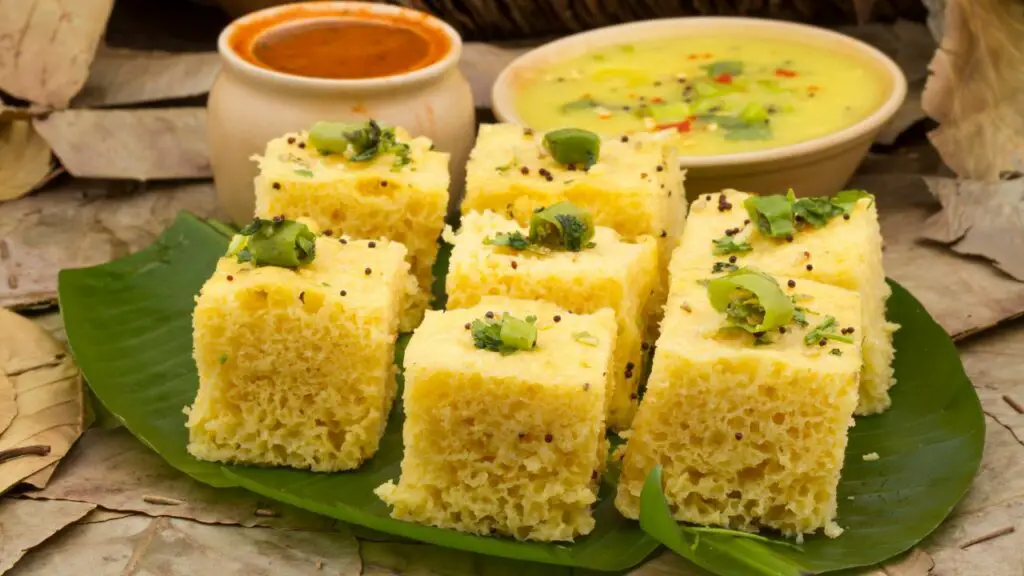
What is really cool about this popular Gujarati dish from India, is that it’s super easy to make, even if you’re not a kitchen pro. And, bonus points, chickpea flour happens to be gluten-free.
Whenever I’m looking for something quick and satisfying without feeling weighed down, Dhokla is my top pick. Make sure to check out the recipe video below.
Gathering Your Khaman Dhokla Ingredients
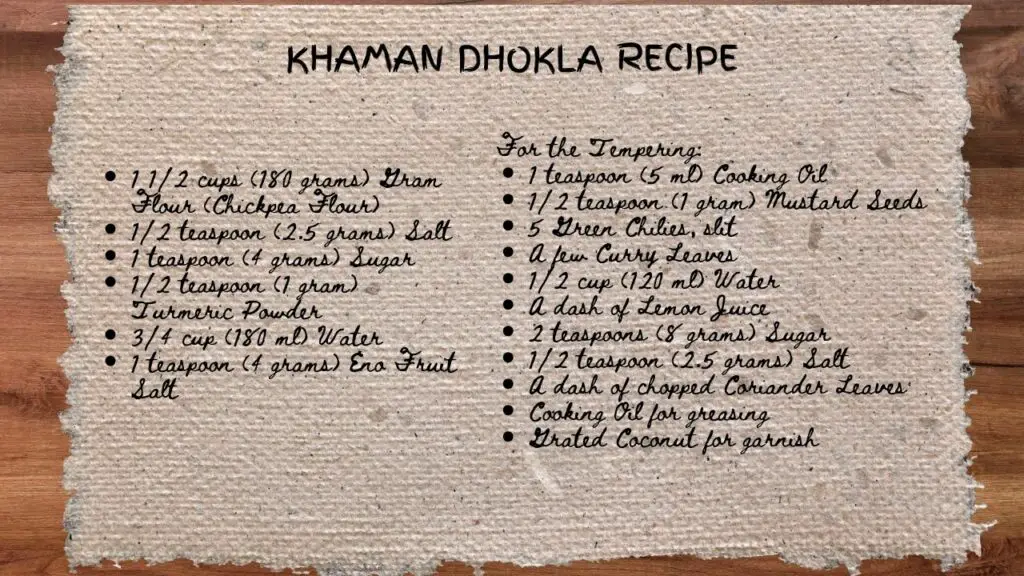
Don’t worry if you can not read the original recipe in the picture above, below is a list of the ingredients you will need for making Khaman Dhokla with a few tips on selecting the best quality for great results.
Gram flour (Chickpea Flour)
Choosing a good quality chickpea flour also known as Gram flour or besan, is quite important for Khaman Dhokla. I have learned that the aroma and texture of the flour can make a big difference. Organic finely ground besan like the one below is my go-to because it gives a nuttier flavor and a smoother batter and it comes vacuum-packed.
TAP ON IMAGE TO CHECK PRICE
Turmeric
Turmeric does more than color the Dhokla; it brings its unique flavor. I make sure to use a high-quality, pure form. It’s amazing how just a small amount can impact both the look and taste of the dish.
TAP ON IMAGE TO CHECK PRICE
Getting Salt and Sugar Just Right
It took some experimenting, but balancing salt and sugar is key to the perfect Dhokla. They enhance and balance the flavors, creating a harmonious taste profile that’s just right. Don’t worry, you only need a little bit of sugar, Khaman Dhoklait is not a cake.
Why ENO Fruit Salt Is Essential
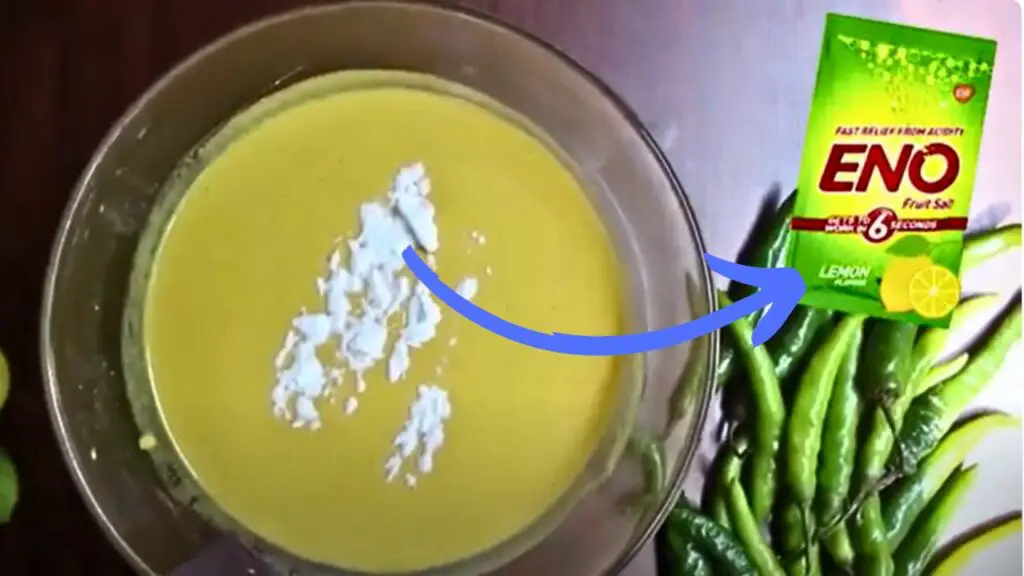
ENO fruit salt is the secret to that perfectly airy and fluffy Dhokla texture. Adding it right before steaming the batter makes all the difference. It’s a step I never skip, ensuring the Dhokla turns out light every time.
Making Khaman Dhokla: My Step-by-Step Guide
Here’s how to make Khaman Dhokla, broken down into simple steps. I’ve included some personal tips to help ensure your Dhokla comes out light, fluffy, and delicious every time. Follow along for a no-fuss guide to creating this traditional Gujarati snack.
1. Preparing the Batter
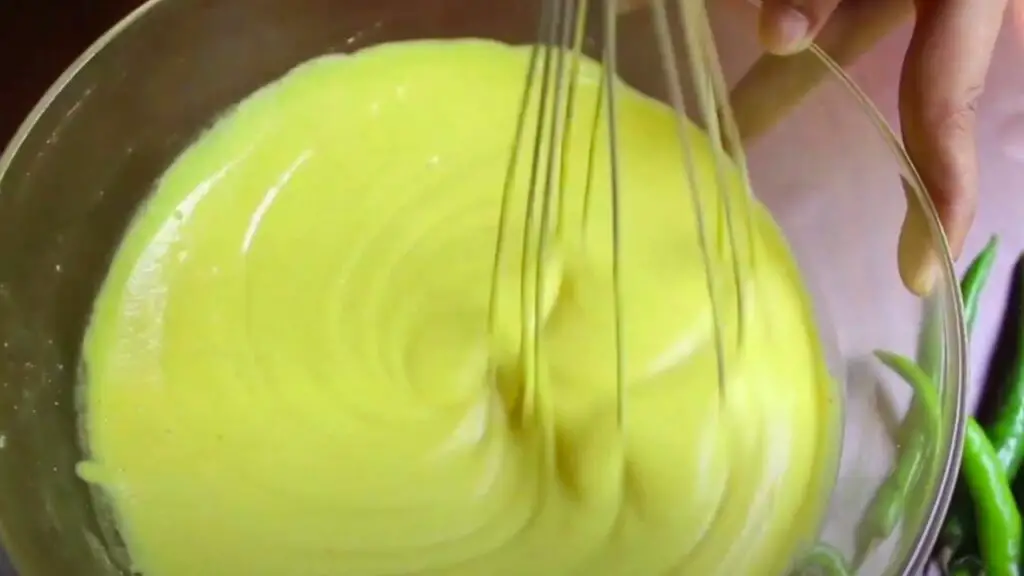
Mixing the batter is as simple as it gets. I combine chickpea flour, salt, sugar, and turmeric powder with water until it’s smooth. Letting it rest for about 15-20 minutes before steaming really lets the flavors meld together. Trust me; it’s worth the wait.
2. Greasing the Pan
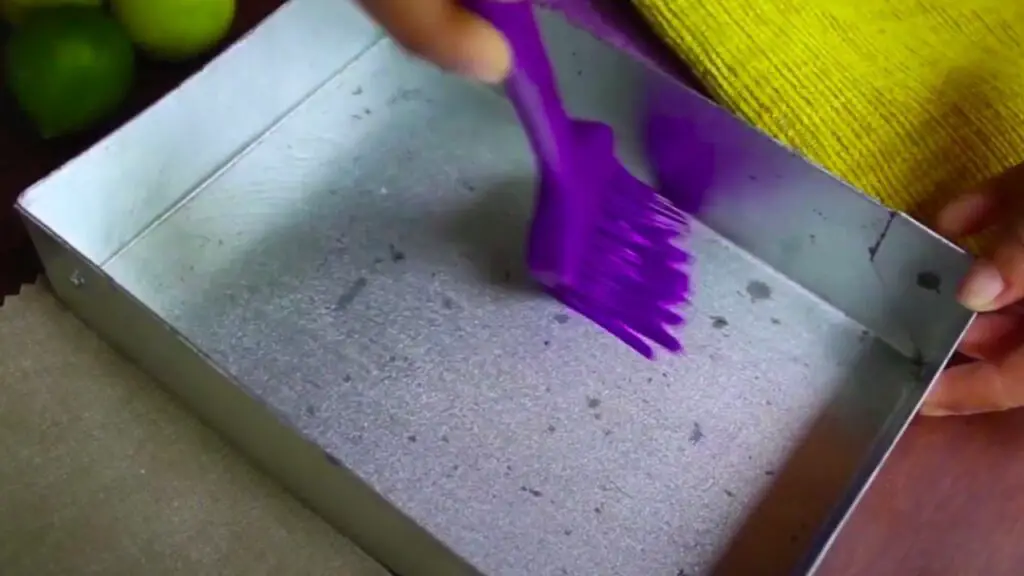
I have found that greasing the pan well with oil ensures the Dhokla doesn’t stick, making it so much easier to get it out later. Sometimes I also line the pan with parchment paper, which makes the removal even smoother.
3. Adding ENO Fruit Salt
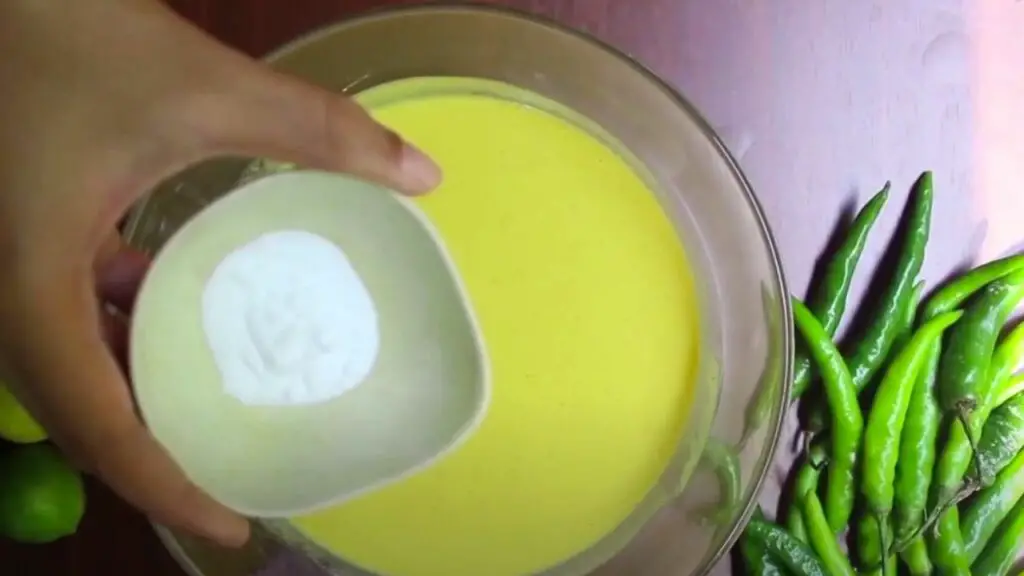
The key here is timing. Add the ENO fruit salt just before you are ready to steam, and mix it gently. Overmixing is a no-no; we don’t want to lose those precious bubbles that give the Dhokla its signature fluffiness.
4. Steaming to Perfection
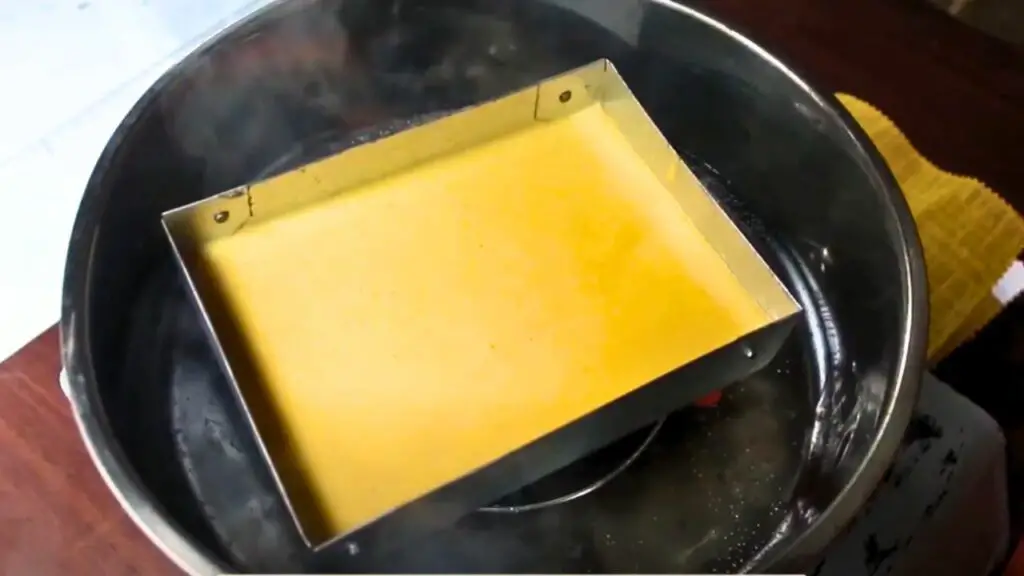
I use a simple steamer set-up, making sure there’s enough water and that the Dhokla pan doesn’t touch the water.
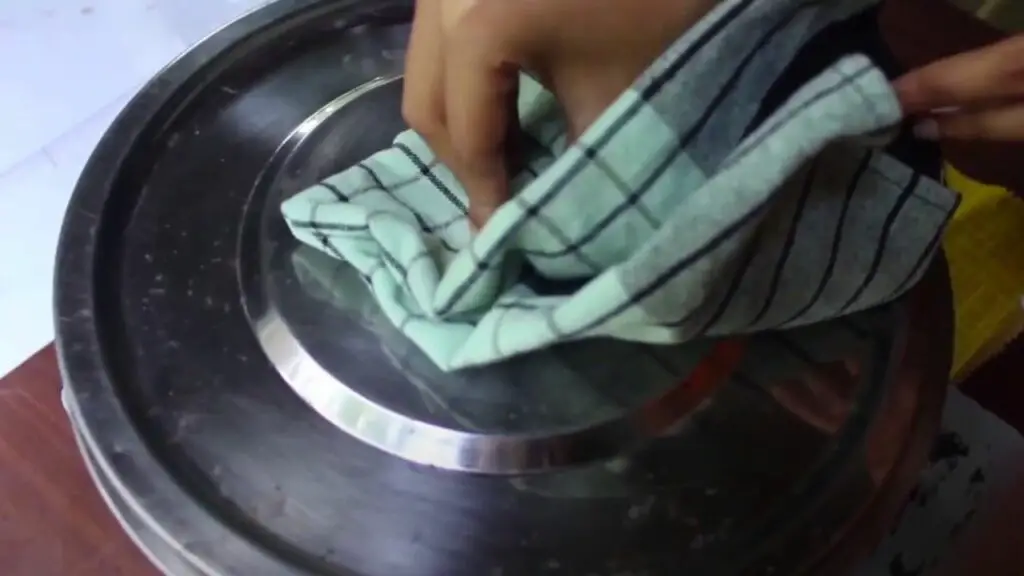
Covering the lid with a towel prevents water from dripping onto the Dhokla, keeping it perfectly fluffy.
5. The Tempering Touch
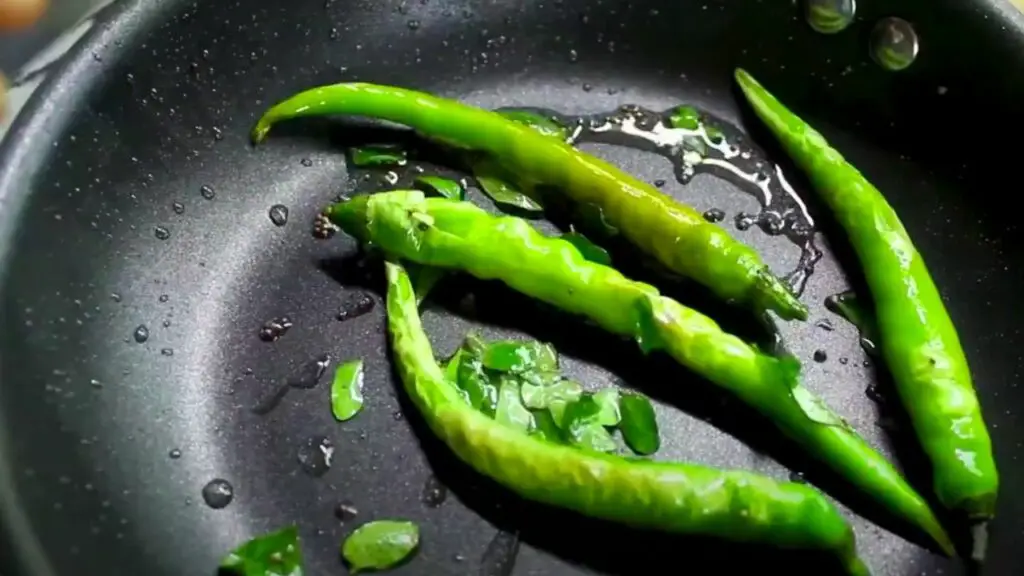
The final step, tempering, adds an explosion of flavors. I heat oil and add mustard seeds, green chilies, and curry leaves.
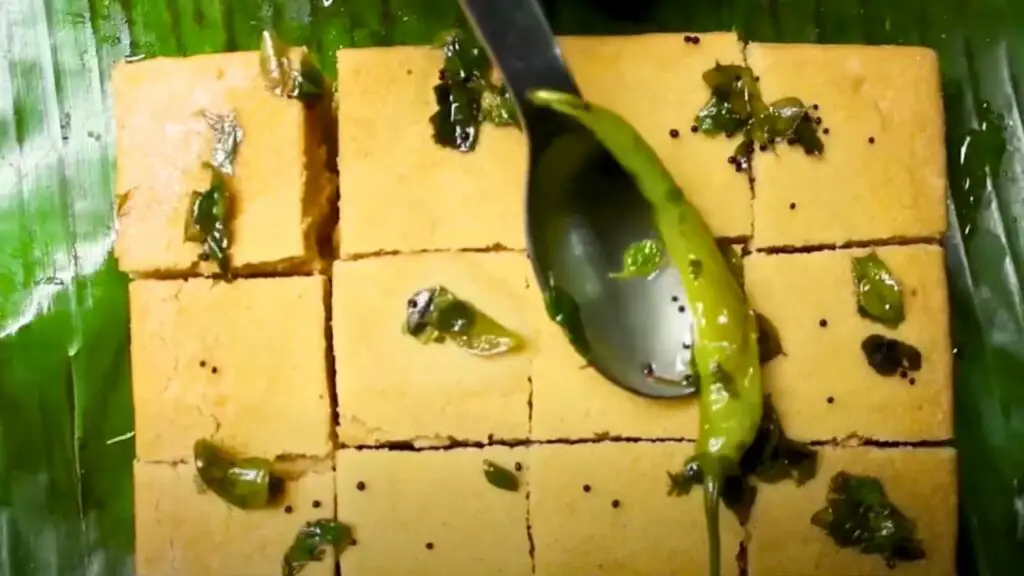
Drizelingt this over the steamed Dhokla with a spoon adds a tangy-sweet and aromatic finish that’s absolutely divine.
6. Serving It Up

Cutting the Dhokla into squares and garnishing it with coriander leaves or even grated coconut if you like is my favorite part. It’s where all the colors and textures come together, making it not just a treat for the taste buds but a feast for the eyes too.
Another Must-Try Recipe
If you loved the soft and tangy flavors of this steamed Khaman dhokla, you are in for a treat. Next up, I have got something special for you: a must-try Bibikkan recipe. It is a moist, spicy-sweet coconut cake that is absolutely delicious! Bibikkan Recipe – A Moist, Spicy-Sweet Coconut Cake You’ll Adore!
Do you have a comment or question?
If you have any questions or comments about this Khaman Dhokla recipe, feel free to leave them below or in the comments section of the YouTube video. I’d love to hear from you and I will get back to you as soon as I can.
Jen



